 History
History
The 10th International Conference on Materials Science and Smart Materials (ICMSSM 2025) was successfully held in Bangkok, Thailand from May 17 to 19, 2025. The conference brought together leading researchers, engineers, and industry professionals to share the latest advances in materials science and smart materials. With fruitful discussions and high-quality presentations, the 10th ICMSSM continued to serve as a dynamic platform for academic exchange and international collaboration.
|
Group photo-online
|
Group photo-in
person
|

|

|
The 9th International Conference on Mechanical Structures and Smart Materials (ICMSSM 2024) achieved remarkable success, as it took place on June 15-16, 2024, in the beautiful city of Beijing, China. This groundbreaking event served as a platform to delve into the latest advancements and confront the emerging challenges within the realm of Mechanical Structures and Smart Materials. The ICMSSM conference is globally recognized for its commitment to spotlighting cutting-edge developments and addressing the contemporary challenges that surround the intricate field of Mechanical Structures and Smart Materials.
|
Group photo-online
|
Group photo-in
person
|

|

|
The conference thrived on the rich contributions of Over 10 prominent experts, each delivering outstanding studies that greatly enhanced the conference's impact and success. Through collaborative endeavors and the presentation of cutting-edge research, the conference showcased the collective dedication to advancing the field of mechanical structures and smart materials. The success of this conference undoubtedly reinforces its position as a cornerstone in the continuous evolution and advancement of the field.

July 8-9, 2023 | Virtual, Online
The 8th International Conference on Mechanical Structures and Smart Materials (ICMSSM2023) was successfully held online on July 8-9, 2023. This groundbreaking event served as a platform to delve into the latest advancements and confront the emerging challenges within the realm of Mechanical Structures and Smart Materials. We would like to extend our gratitude to all the participants and speakers for their valuable contributions in making this event a success.
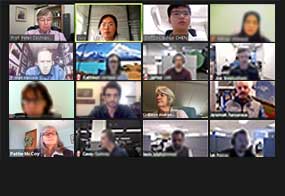
Jun. 14-15, 2021 | Virtual, Online
ICMSSM2021 embraced the digital landscape, conducting its proceedings on Zoom on June 14-15, 2021. This adaptation highlighted the conference's dedication to leveraging technology for global collaboration and knowledge sharing. The successful conclusion of past editions underscored the event's effectiveness, enriching the conference's status and fostering a positive and encouraging atmosphere.
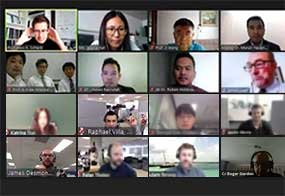
July. 25-26, 2020 | Ho Chi Minh City, Vietnam
In the face of the COVID-19 pandemic, ICMSSM2020, originally scheduled to be held in Ho Chi Minh City, Vietnam, successfully transitioned to a virtual format in July 2020. This shift united participants from around the world through a robust digital network, serving as a testament to the conference's resilience, adaptability, and unwavering commitment to advancing the field amidst challenging circumstances.
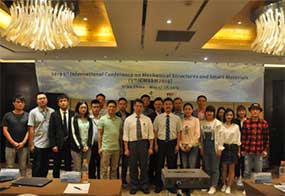
May. 27-28, 2019 | Xi'an, China
ICMSSM2019 was hosted at the Xi'an Guangcheng Hotel in Xi'an, China. The conference offered participants a comprehensive overview of the state-of-the-art research and recent findings. Attendees delved into recent breakthroughs,and explored emerging trends in the converging realms of mechanical structures and smart materials, fostering vibrant discussions on the present and future of these fields.
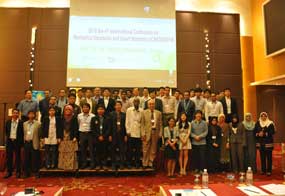
Sep. 22-23, 2018 | Shenzhen, China
ICMSSM2018 took place at the Shenzhen Century Plaza Hotel in Shenzhen, China. The event drew participants from the upper echelons of international academia and industry labs. It acted as a catalyst for forging collaborative partnerships and served as a dynamic arena for identifying and dissecting emerging technology trends, driving forward the frontiers of Mechanical Structures and Smart Materials.
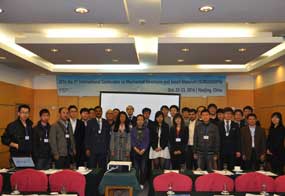
Oct. 22-23, 2016 | Nanjing, China
In 2016, ICMSSM2016 convened at the Novotel Nanjing Central in Nanjing, China. Building on the tradition of hosting the event in diverse locations, the conference attracted researchers interested in the design, characterization, and applications of mechanical structures and smart materials. It served as a global platform for academia and industry professionals to share their research results and activities.
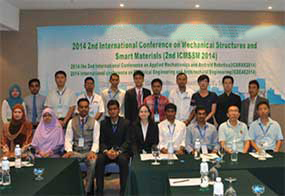
Aug. 16-17, 2014 | Kuala Lumpur, Malaysia
ICMSSM2014 was held at Furama Bukit Bintang Hotel in Kuala Lumpur, Malaysia. The conference delved deep into frontier topics surrounding mechanical structures and smart materials. Experts from the globe graced the event with keynote Speeches and invited talks, complemented by contributed papers. This synergy culminated in a vibrant milieu for exchanging knowledge and fostering innovation.
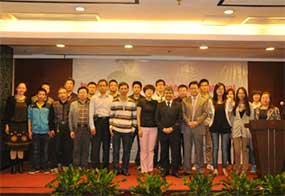
Nov. 16-17, 2013 | Xiamen, China
ICMSSM2013 marked the inception of the conference, hosted at the Xiamen SeaShine Hotel Palace in China. This inaugural event set the stage for future endeavors in the realm of mechanical structures and smart materials, gathering leading scientists, researchers, engineers, practitioners, technology developers, and policy makers in nanotechnology to exchange cutting-edge research and innovation.